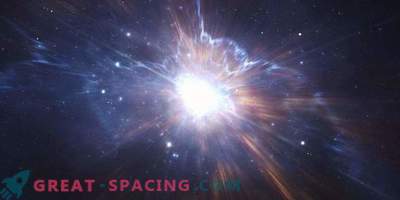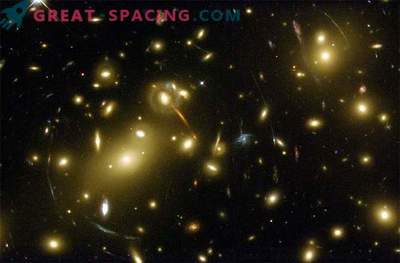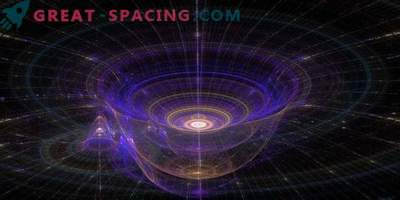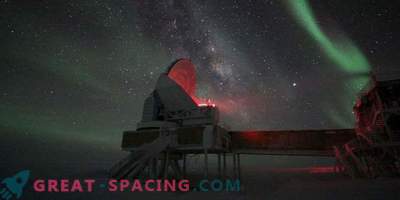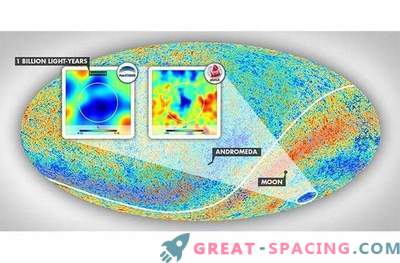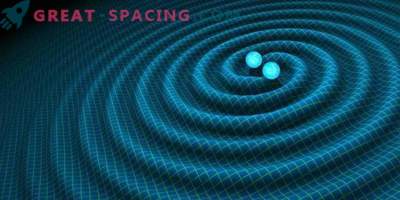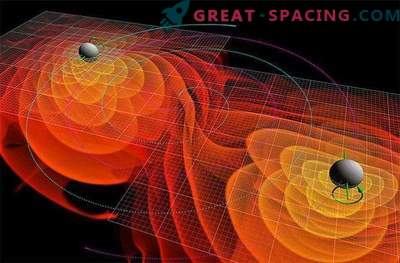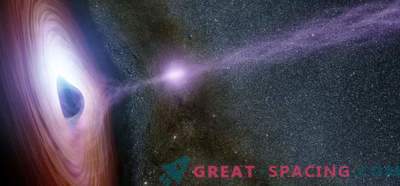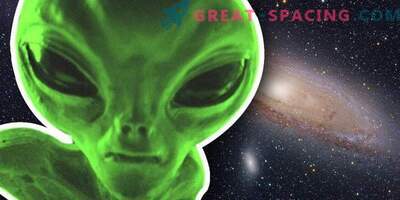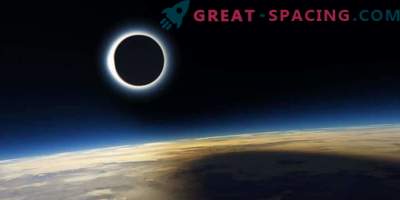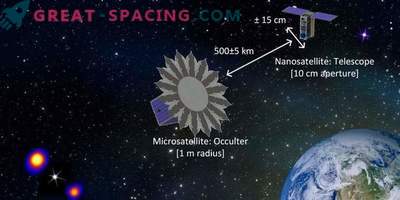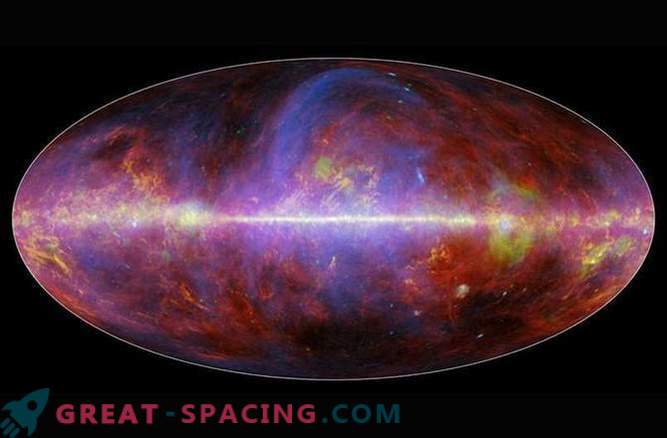
Recent data from Planck’s satellite did not reveal any gravitational waves embedded in the cosmic microwave background — the original “echo” of the Big Bang, which occurred about 14 billion years ago.
This result contradicts the infamous BICEP2 report on the detection of gravitational waves in March last year - but this is not the end for gravity waves, nor for the theory of inflation. In fact, we expect to intensify the search for gravitational waves in the coming months or years.
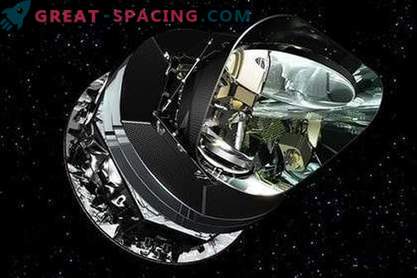
Planck Space Telescope
After details of Planck’s observations were published this week, Discovery News was able to talk with cosmologist Kendrick Smith from the Perimeter Institute for Theoretical Physics in Ontario, Canada, to find out how Planck’s data made an impact and how it would affect our desire to what happened when the universe was born.
Recall in March 2014, researchers using the BICEP2 telescope made a very loud statement that they found an imprint of gravitational waves in the most ancient radiation observed in a distant Universe — a cosmic microwave background or simply relic radiation. This radiation is a remnant of the Big Bang and therefore comes from the genesis of our Universe.
Studying relic radiation, cosmologists are looking for a space time capsule - a feature captured in this radiation, which was created after the Big Bang and therefore its structure can tell us a lot. "How the universe was born is one of the biggest questions that cosmologists are trying to answer," Smith said. "There are several different theories about what happened shortly after the Big Bang ... But the problem is that we don’t have a single theory about it. We have several of them!"
Although Smith is not directly involved in the joint publication of BICEP2 / Planck this week, he is a member of Planck’s international cooperation.
One theory is that the Universe began to expand rapidly immediately after the Big Bang, and one possible way to confirm this period of inflation is to detect gravitational waves captured in relic radiation.
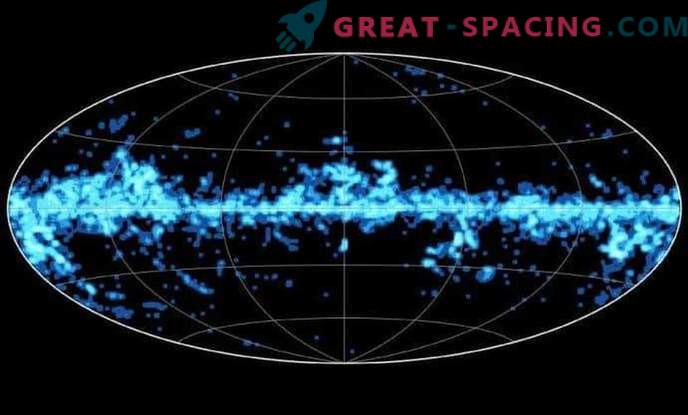
Preliminary map of the Universe, made by the Planck Space Telescope
The BICEP2 specialized telescope, located at the South Pole, is specifically designed to search for polarization in ancient relict radiation, also called “B-polarization mode”. If the B-mode is detected, this will be a sign that gravitational waves exist, thereby proving some inflationary theories of the Universe.
“When these gravitational waves are detected in the cosmic microwave background, we can narrow the physics of the Big Bang,” Smith said.

Specialized telescope BICEP2 located at the South Pole And that's what the team thought when they found something on a small patch of sky. There was a very strong B-mode signal that could not (at that time) be explained by any other phenomena.
"In the initial result of BICEP2, they saw that the B-mode polarization of the CMB was at a level that roughly corresponded to the magnitude of the gravitational wave signal, which would be compatible with our observations," added Smith.
But BICEP2 researchers have underestimated the influence of magnetized dust that fills our galaxy.
When observing any radiation located outside the Milky Way, we must look through a thin cloud of interstellar dust and it just so happens that this dust can also generate B-mode of polarized radiation. To compensate for this phenomenon, the Planck European Space Telescope, which is sensitive to gravitational waves and cosmic dust, began to create a magnetic imprint map of galactic dust. Planck’s mission was completed in 2013, but its huge database is still being processed and interpreted.
In March last year, the BICEP2 team had access only to the Planck preliminary database and therefore they came to the conclusion that, in the BICEP2 field of view, the influence of galactic dust was minimal and they detected relic radiation in the B-signal mode.
"They thought it should be gravitational waves, not dust, based on a series of static analyzes that were obtained mainly on the basis of approximate dust emissions in our galaxy," Smith said. Although no one in the cosmological community disputed the fact that the BICEP2 team actually discovered the B-polarization mode, they argued that too little was known about galactic dust and its influence.
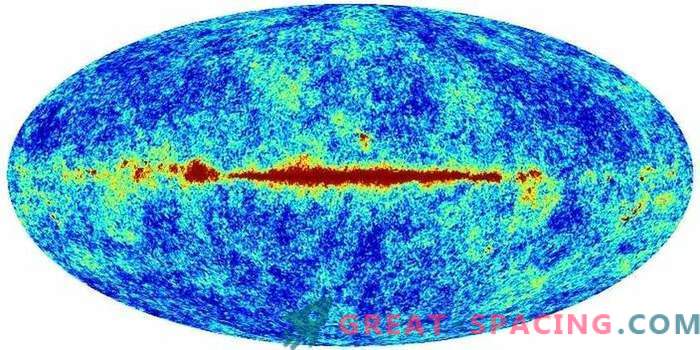
Final Map of the Universe
Thus, this week, the joint team of scientists Planck and BICEP2 said that they did not find traces of gravitational waves in the data of BICEP2. In other words, the source of the B-mode of polarization, which was originally detected by BICEP2, is dust, not gravitational waves.
So now what? Although the announcement in March was premature, the search for gravitational waves is still ongoing. Cosmologists are now armed with a comprehensive dust map of our galaxy. Smith hopes that over the next 5 years, extensive multi-frequency observations will help detect the elusive B-polarization mode generated by gravitational waves.


